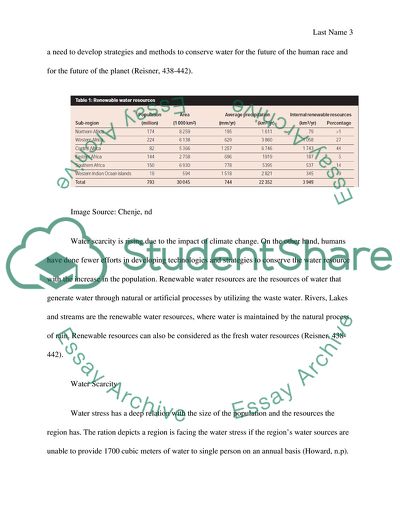Cite this document
(Solutions for Renewable Water Sources in Desert Regions of the World Research Paper - 1, n.d.)
Solutions for Renewable Water Sources in Desert Regions of the World Research Paper - 1. https://studentshare.org/environmental-studies/1800048-solutions-for-renewable-water-sources-in-desert-regions-of-the-world
Solutions for Renewable Water Sources in Desert Regions of the World Research Paper - 1. https://studentshare.org/environmental-studies/1800048-solutions-for-renewable-water-sources-in-desert-regions-of-the-world
(Solutions for Renewable Water Sources in Desert Regions of the World Research Paper - 1)
Solutions for Renewable Water Sources in Desert Regions of the World Research Paper - 1. https://studentshare.org/environmental-studies/1800048-solutions-for-renewable-water-sources-in-desert-regions-of-the-world.
Solutions for Renewable Water Sources in Desert Regions of the World Research Paper - 1. https://studentshare.org/environmental-studies/1800048-solutions-for-renewable-water-sources-in-desert-regions-of-the-world.
“Solutions for Renewable Water Sources in Desert Regions of the World Research Paper - 1”. https://studentshare.org/environmental-studies/1800048-solutions-for-renewable-water-sources-in-desert-regions-of-the-world.


